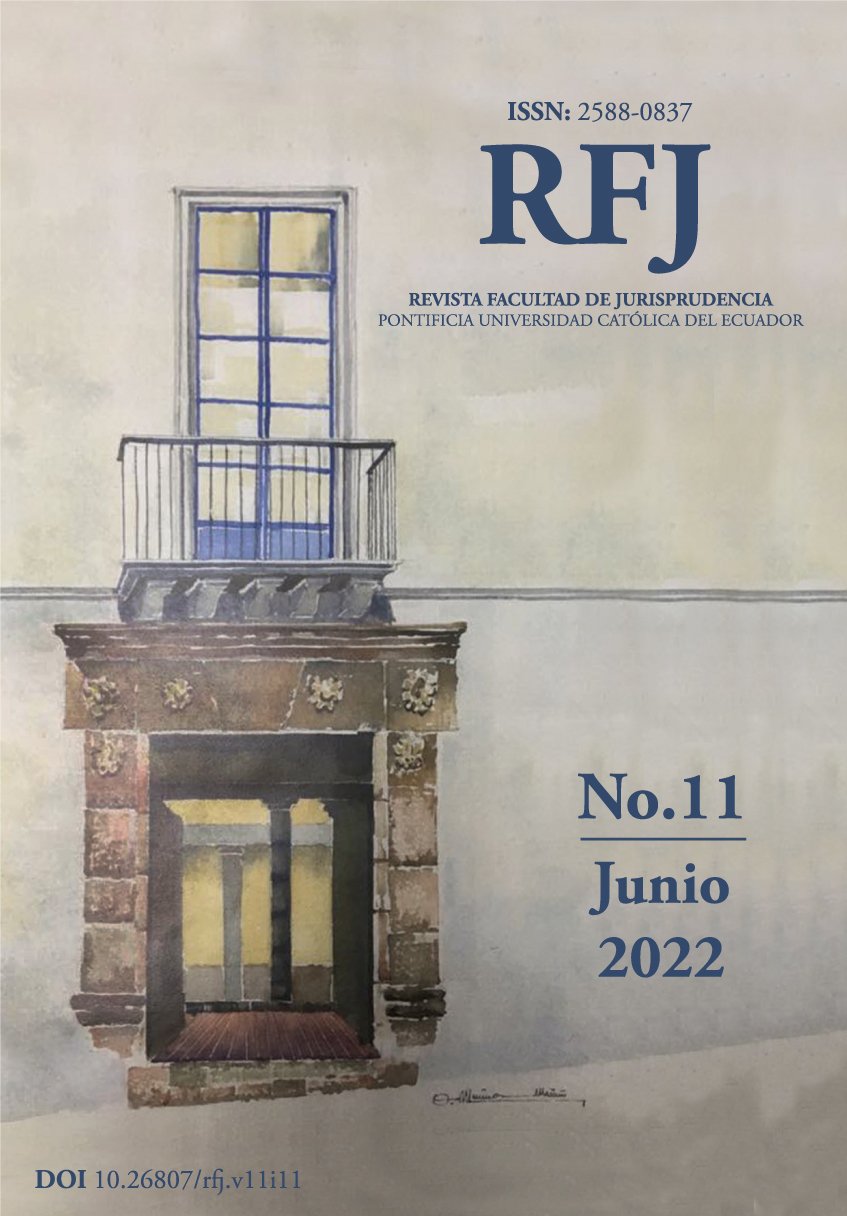Estándares internacionales aplicables al manejo efectivo de áreas protegidas: Una visión general
Contenido principal del artículo
Resumen
ABSTRACT
Protected areas are a necessary means to ensure the survival of species, maintain healthy ecosystems, and preserve landscapes and seascapes in their natural state. Today, the environmental crisis has accelerated the loss of biodiversity. This has direct repercussions not only on the environment but also on human health and well-being. Hence the importance of protected areas in reversing the loss of biodiversity and ensuring life on this planet. This article is therefore dedicated to analysing the Guidelines for Protected Area Legislation issued by the International Union for Conservation of Nature (IUCN). This article presents important parameters such as the inclusion of environmental principles or best management practices to guide States in the development of regulations. What is essential is that the regulations are clear and can be implemented. Concerning management plans, these must contain achievable objectives and actions to achieve long-term preservation. They must also be logically structured to achieve the expected changes. Ultimately, States need to commit to protecting their biodiversity and use the most innovative technological tools so that the regulatory system that is implemented can reverse biodiversity loss and thus ensure that humans can live in harmony with nature.
KEYWORDS: biodiversity, climate change, nature conservation, international law, endangered species, nature reserve.
RESUMEN
Las áreas protegidas son medios necesarios para asegurar la supervivencia de especies; mantener a los ecosistemas sanos y preservar paisajes marinos y terrestres en su estado natural. En la actualidad, la crisis ambiental ha acelerado la pérdida de biodiversidad. Esto tiene repercusiones directas no solo en el medio ambiente sino en la salud y bienestar del ser humano. De ahí la importancia que adquieren las áreas protegidas para revertir la desaparición de la diversidad biológica y asegurar la vida en este planeta. Por ello, este artículo se dedica a analizar las Directrices para la Legislación relativa a Áreas Protegidas emitida por la Unión Internacional para la Conservación de la Naturaleza (UICN). En este artículo se presenta parámetros importantes como la inclusión de principios ambientales o prácticas óptimas de manejo para orientar a los Estados en el desarrollo de normativa. Lo fundamental es que la normativa sea clara y pueda implementarse. Con respecto a los planes de manejo, estos deben contener objetivos y acciones realizables para lograr la preservación a largo plazo. Igualmente, deben estructurarse de manera lógica para lograr los cambios esperados. En definitiva, es necesario que los Estados se comprometan a proteger su biodiversidad y utilicen las herramientas tecnológicas más innovadoras para que el sistema normativo que se implemente pueda revertir la pérdida de biodiversidad y así lograr que los seres humanos puedan vivir en armonía con la naturaleza.
CÓDIGO JEL: F13, Q54.
Descargas
Detalles del artículo
Citas
situation in Colombia and Latin America. Sustainability, 12(18), 1-14. https://doi.org/10.3390/su12187239.
2.) Haruna Abukari, Raphael Benedict Mwalyosi. (2020). Local communities’ perceptions about the impact of protected areas on livelihoods and
community development. Global Ecology and Conservation, 22 (e00909), 1-12. https://doi.org/10.1016/j.gecco.2020.e00909.
3.) Jaria-Manzano, Jordi. (2019). Los principios del derecho ambiental: Concreciones, insuficiencias y reconstrucción. Ius et Praxis, 25(2), 403-432.
https://dx.doi.org/10.4067/S0718-00122019000200403.
4.) Richard T. Corlett, Richard B. Primack, Vincent Devictor, Bea Maas, Varun R. Goswami, Amanda E. Bates, Lian Pin Koh, Tracey J. Regan, Rafael
Loyola, Robin J. Pakeman, Graeme S. Cumming, Anna Pidgeon, David Johns, Robin Roth. (2020). Impacts of the coronavirus pandemic on
biodiversity conservation, Biological Conservation, 246(108571), 1-4. https://doi.org/10.1016/j.biocon.2020.108571.
5.) Taylor, B., Chapron, G., Kopnina, H., Orlikowska, E., Gray, J. and Piccolo, J.J. (2020).The need for ecocentrism in biodiversity conservation.
Conservation Biology, 34(5), 1089-1096. https://doi.org/10.1111/cobi.13541





